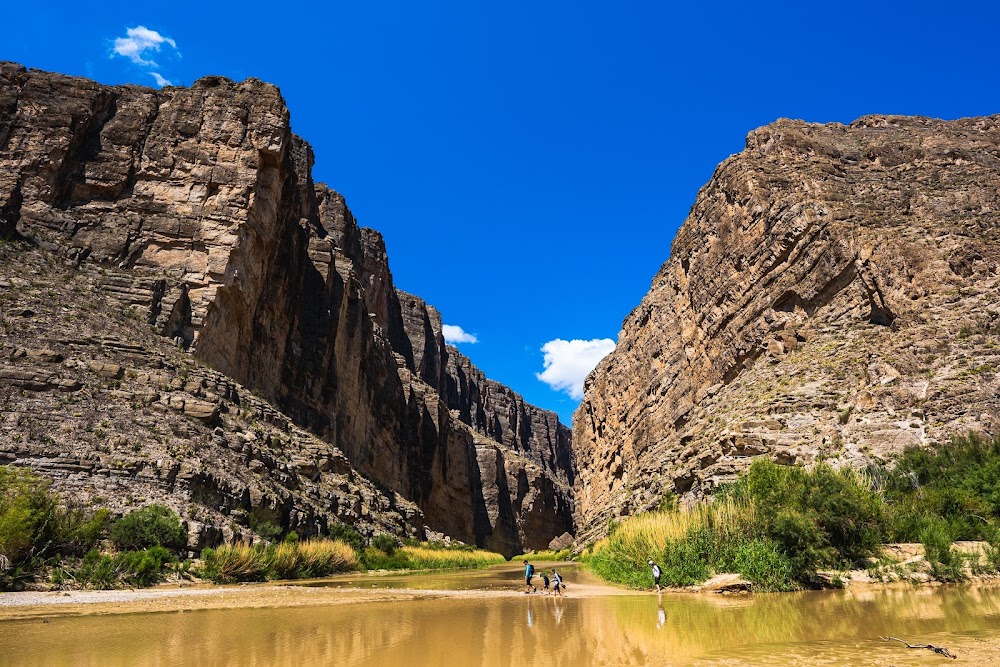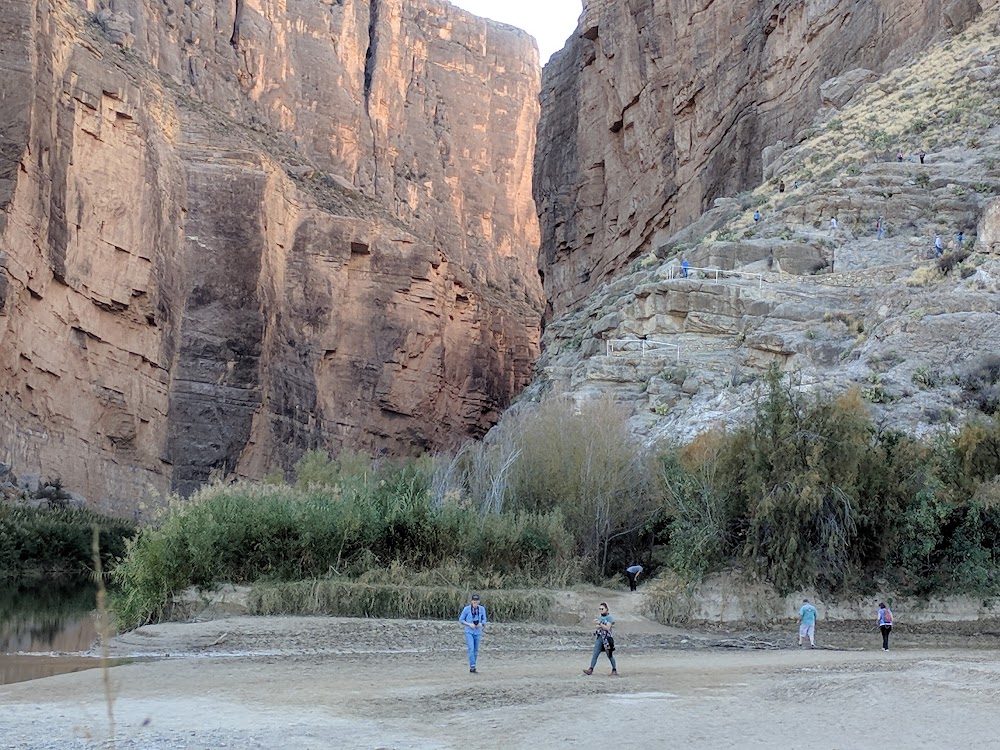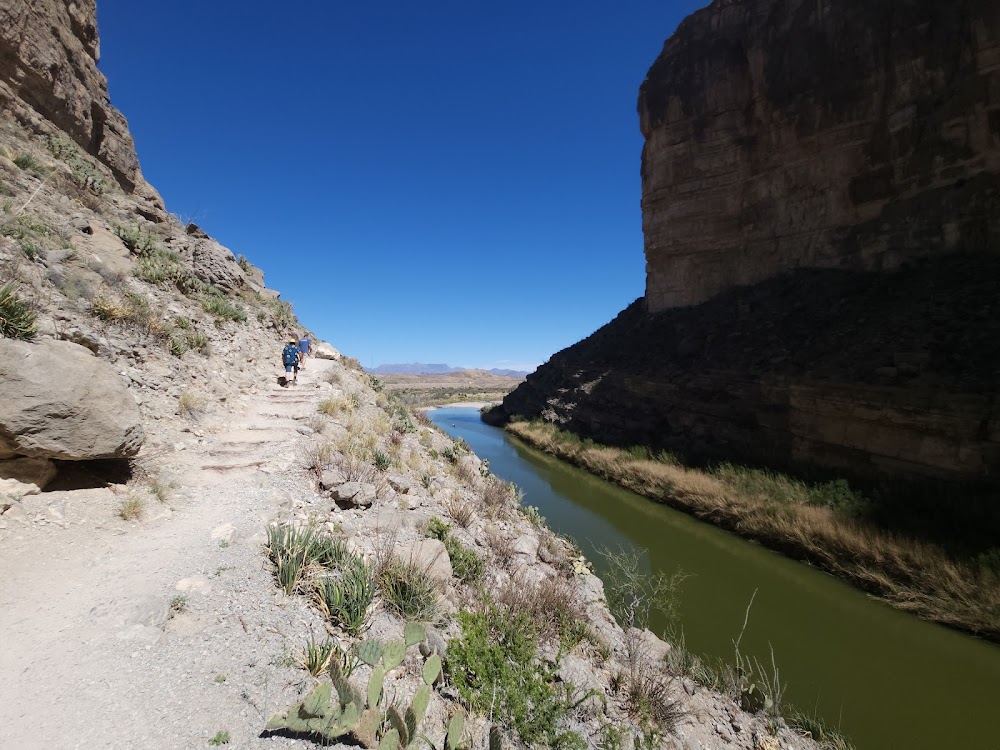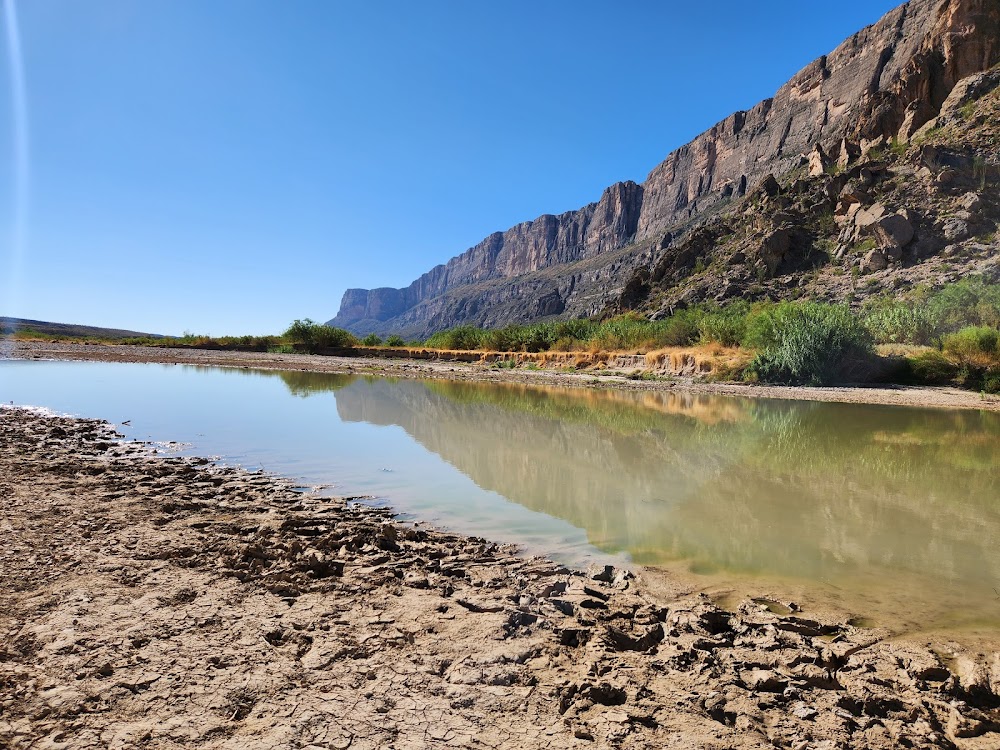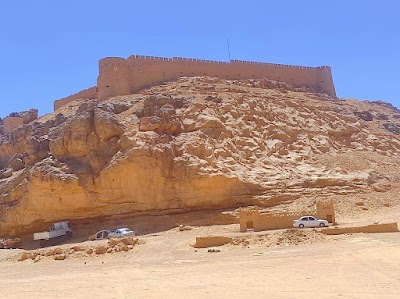Fort Elena (حصن إيلينا)
Overview
Santa Elena Canyon: A Historical Landmark
Nestled in the vibrant city of Ghat, in southwest Libya, Santa Elena Canyon—locally known as Fort Elena—stands as a captivating historical landmark. Constructed in the mid-17th century, this remarkable fort showcases a unique blend of indigenous architectural styles along with influences from various cultures that have traversed the region over the centuries.
Craftsmanship and Construction
Built with locally sourced materials such as stone, clay, and palm wood, Fort Elena is a testament to the skill and artistry of regional craftsmen. The fort's design reflects a deep understanding of the harsh Sahara Desert climate, featuring thick and sturdy walls that provide essential fortification while insulating against extreme temperature fluctuations. Ingeniously designed narrow windows and strategically placed gun slots not only enhance defense but also promote natural ventilation, keeping the interior cool.
A Multifaceted Historical Role
Throughout its storied history, Fort Elena has served a multitude of purposes. Initially, it functioned as a military stronghold, safeguarding local tribes from invading forces and securing vital trade routes that passed through Ghat. Its strategic location made it a key junction for traders transporting goods between sub-Saharan Africa and the Mediterranean coast, contributing significantly to regional commerce and stability.
Strategic Observation Point
The elevated position of Santa Elena Canyon allowed it to serve as an effective observation point. Guards stationed at the fort could monitor the surrounding landscape for incoming caravans or potential threats, ensuring that Ghat remained well-prepared for any situation. This capability was crucial for maintaining safety and security in a bustling trade environment.
The Evolution of Fort Elena
As trans-Saharan trade began to decline and modern infrastructure emerged, the military significance of Fort Elena diminished. However, it evolved into a cultural hub and a symbol of the region's rich history and heritage. Today, locals and visitors alike are drawn to the site, captivated by the craftsmanship and ingenuity displayed in its remaining structures.
Preservation Efforts
Recognizing its cultural importance, ongoing efforts to preserve Fort Elena have been implemented. Conservationists are committed to maintaining the structural integrity of the fort, protecting it from the ravages of time and the elements. This dedication ensures that the fort remains a vital link to the past, embodying the socio-historical narrative of the area.
Visitor Experience
Today, visitors to Santa Elena Canyon can explore various parts of the fort, including its imposing gatehouse and intricate inner chambers. Well-preserved sections offer a glimpse into the daily operations of the fort, showcasing storerooms, living quarters, and communal areas that once thrived with activity. Informative plaques and guided tours enrich the experience, painting a vivid picture of life within the fort during its peak.
A Lasting Testament
The continued care and attention given to Fort Elena ensure that it stands not only as a monument of defense but also as a lasting testament to the resilience and resourcefulness of the people who built and maintained it over the centuries. As visitors connect with this historical gem, they become part of the rich tapestry of history that has shaped Ghat, ensuring that its legacy endures for future generations.


